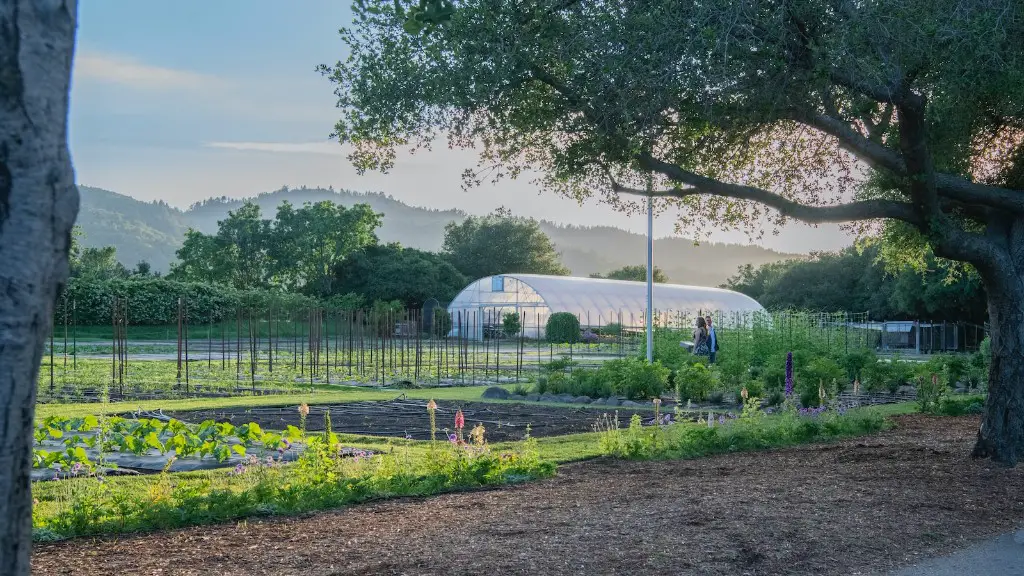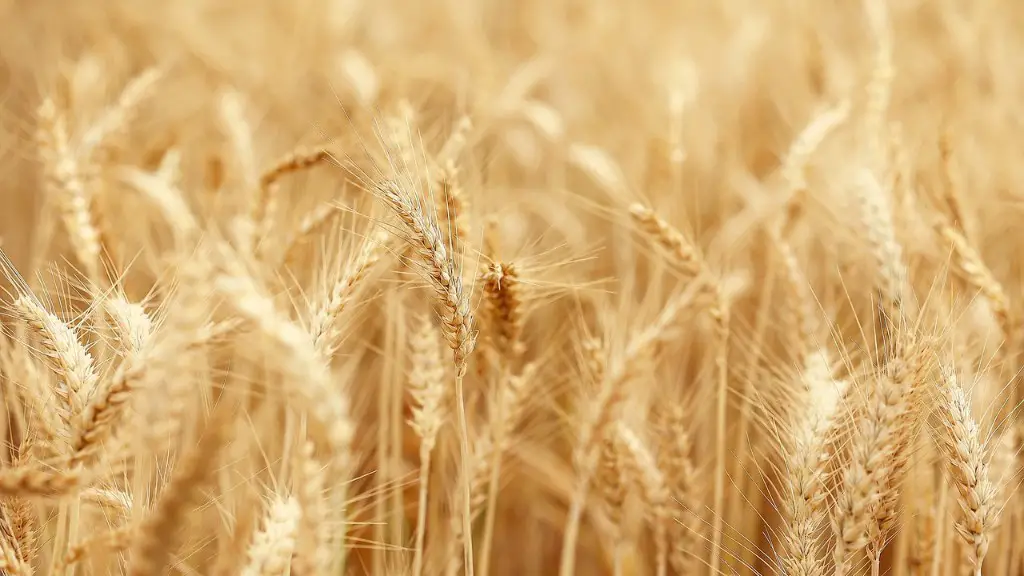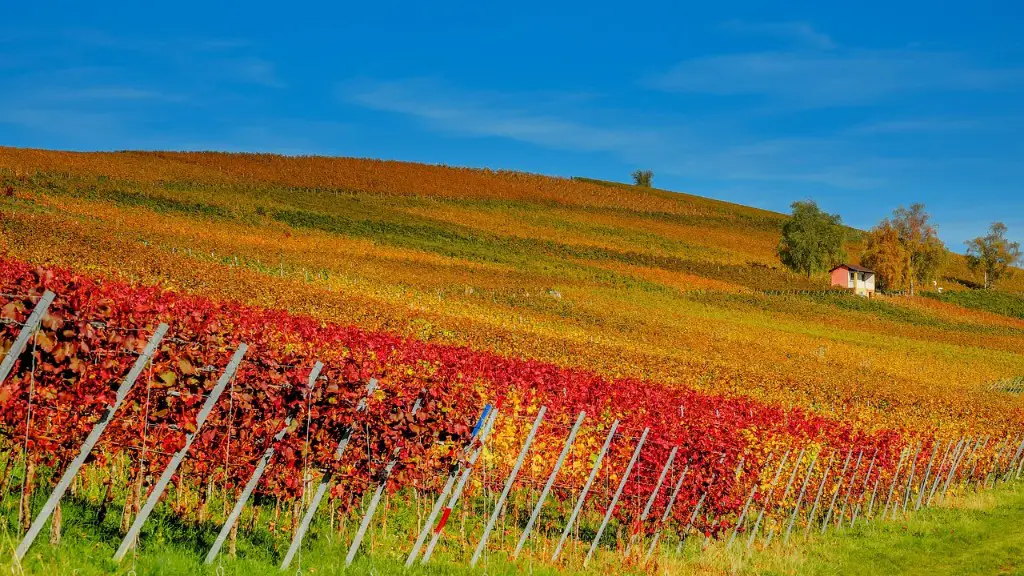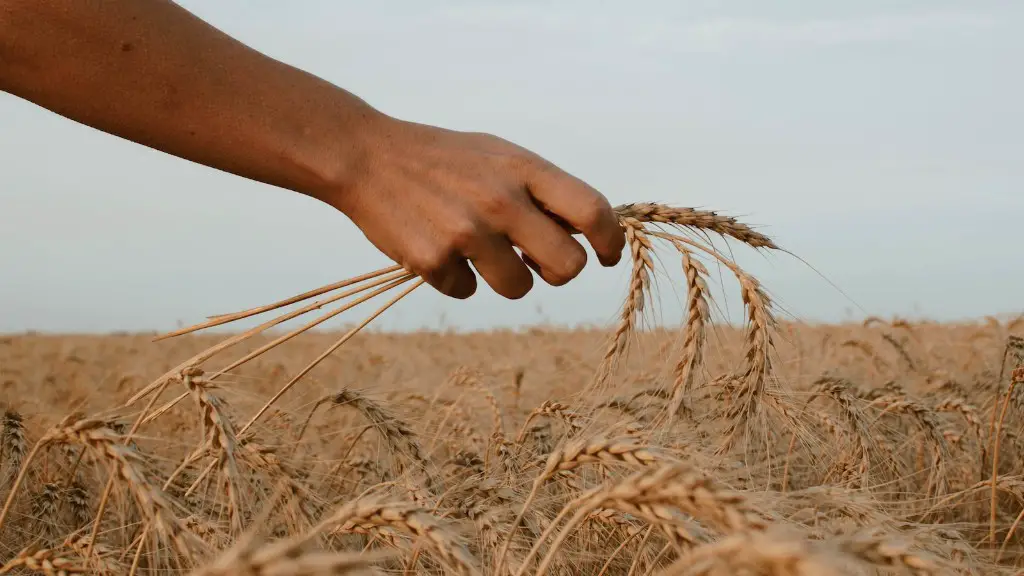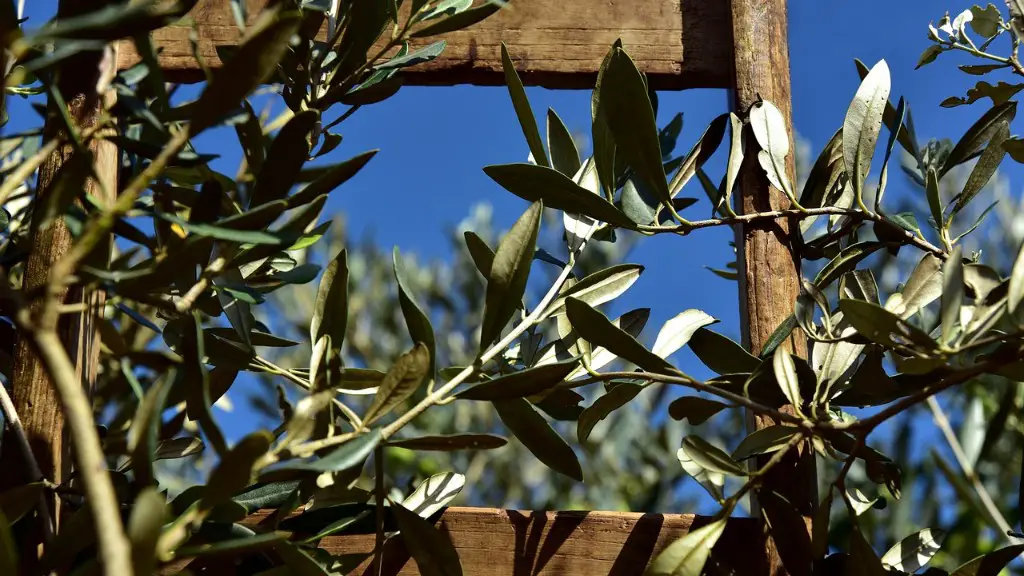Agricultural farming relies upon the use of pesticides to protect harvested crops. Pesticides help to ensure a higher yield of crops and reduce losses caused by pests. In recent years, growers have faced increased pressures to limit their use of pesticides to safeguard both human health and the environment. In this article, we will explore how pesticides are used in agriculture.
Pesticides come in a variety of formulations and can be used against several different pests. Some of the most common include insecticides, fungicides, nematicides and herbicides. Each type works to eliminate, control or suppress some form of pest. For example, insecticides are used to control insects, while fungicides are used to control fungi. Growers must be careful to select the appropriate pesticide for their specific pest problem in order to be effective.
To use a pesticide correctly, farmers must first identify the pest that is causing damage to their crop. This can be done through observation or the use of traps and baits. Once the pest has been identified, the appropriate pesticide can be selected and applied. Additionally, other methods such as crop rotation and building physical barriers to keep pests out of the fields can be used.
When applying a pesticide, farmers must follow the label instructions carefully and adhere to local laws and regulations. This is necessary in order to ensure that the pesticide is used safely and has minimal environmental impact. In addition, personal protective equipment such as gloves, respirators and special clothing may be necessary when using certain pesticides.
After a pesticide is applied to a field, it is important to monitor its effectiveness. This may involve trapping and counting insects, inspecting plants or keeping a record of crop damage. It is important to regularly assess the efficacy of a pesticide in order to decide whether or not to continue using it.
Finally, farmers must properly dispose of unused pesticides and containers. Unused or old pesticides may be harmful to humans and animals, so extra care must be taken to dispose of them properly. In most cases, unused pesticides should be taken to a hazardous waste disposal site.
Types of Pesticides
Pesticides come in a variety of formulations and use different active ingredients. These active ingredients can be incoporated into a liquid, powder, paste, aerosol, gel or smoke form. Each type has its own advantages and disadvantages. For example, liquids are easier to apply but can be difficult to measure, while powdered formulations can be easier to measure but may require more labor for application.
Examples of insecticides include pyrethroids, organophospates and carbamates. Pyrethroids are synthetic chemicals derived from natural pyrethrins, which are found in chrysanthemums. They act by disrupting an insect’s nervous system and can be used for both indoor and outdoor use. Organophospates and carbamates are neurotoxins, which act by inhibiting cholinesterase and disrupting an insect’s nervous system.
Fungicides are used to control fungal growth in crops, gardens and landscapes. They can be used to protect plants from a variety of fungal diseases such as leaf spot, mildew and rust. Some common fungicides include copper compounds, chlorothalonil, mancozeb and propiconazole.
Nematicides are used to control nematodes, which are microscopic worms that can damage plant roots and weaken plant growth and production. Some common nematicides include imidacloprid and carbohydrates. Herbicides are used to control weeds and other non-crop plants. Some of the most commonly used herbicides are glyphosate, 2,4-D and dicamba.
Applying Pesticides
Once the appropriate pesticide has been chosen, the grower must apply it correctly to reap its full benefits. Before application, some preparation is necessary such as calculating dilution rates, mixing the pesticide in water, and tuning irrigation systems. Additionally, growers should take into account local laws and environmental considerations when applying pesticides.
Pesticides can be applied manually or with the assistance of specialized equipment such as handheld or motorized sprayers. Depending on the formulation, the pesticide may be sprayed directly onto plants, or onto the soil. Additionally, granular formulations can be spread by hand or with mechanical spreaders.
When applying pesticide manually, safety precautions must be taken to protect the user from toxic chemicals. This includes wearing protective clothing such as gloves, long pants and long-sleeved shirts, and using a respirator and goggles. Additionally, it is important to mix and apply the pesticide in a well-ventilated area.
Generally, pesticides should not be applied during times when environmental conditions are unfavorable, such as during windy or cold weather, or when rain is forecast. Additionally, they should not be applied near vulnerable areas, such as waterways or parks, as they may cause contamination.
Monitoring Pesticides
In order to ensure the effectiveness of a pesticide, growers must regularly monitor their crops and make adjustments as necessary. This can be done by examining crops for signs of insect or disease damage and keeping a record of such damage. Additionally, traps can be used to monitor pest populations, and to determine whether or not a pesticide is having its desired effect.
Generally, growers should monitor their crops for at least two weeks after applying a pesticide. If pest damage shows no signs of abating, the pesticide may need to be reapplied or an alternate pesticide may need to be used. If the pest population has been reduced, the pesticide may need to be applied less frequently.
Additionally, it is important to regularly inspect plants for signs of pesticide injury. This may include yellow or stunted leaves or discoloration or blotches on the leaves. In such cases, the pesticide may need to be applied less frequently or a different formulation may need to be used.
Finally, it is important to note any effects on beneficial insects such as predators or pollinators. If beneficial insects are being affected by the pesticide, alternate measures may need to be taken such as crop rotation or mechanical removal.
Pesticide Disposal
In addition to understanding the appropriate use of pesticides, growers must also be aware of the need to properly dispose of unused pesticides and containers. Unused or excess pesticides should never be dumped onto the ground, as they can lead to contamination and human health risks. Additionally, unused pesticide containers should never be re-used as they can become a source of contamination.
In most cases, unused pesticides should be disposed of at a hazardous waste disposal facility. Such facilities have the necessary resources to safely dispose of hazardous materials, often at no cost to the grower. Additionally, used pesticide containers should be triple-rinsed and disposed of in a sealed plastic bag to prevent any contamination.
Growers should also remember to follow the label instructions with respect to storing pesticides. Pesticides should always be kept out of reach of children and pets, in a well-ventilated area away from heat and direct sunlight. This will help to ensure that the pesticide stays effective for as long as possible.
Herbicide Resistant Weeds
Growers must also be aware of the emergence of herbicide resistant weeds, which can reduce the effectiveness of herbicides. These weeds are capable of surviving applications of even the most potent herbicides, which can be costly and time-consuming to manage. In order to combat this issue, growers can take steps such as using multiple herbicides with different modes of action, rotating herbicide use and controlling weeds with mechanical methods.
Additionally, growers should be mindful of the potential for resistance when selecting a herbicide. Some formulations have been found to be more prone to resistance than others and so should be used sparingly. Additionally, there are products available specifically designed to kill herbicide-resistant weeds, which can be used as an alternative to traditional herbicides.
Finally, it is important to remember that herbicide-resistance is a continually evolving problem. As such, growers must remain informed of the latest research and take appropriate action to mitigate the risk of herbicide-resistance in their fields.
Integrated Pest Management
Integrated pest management (IPM) is a proactive approach to managing pests, diseases and weeds. It involves the use of multiple control methods such as biological control, habitat manipulation or manipulation of the environment. This approach allows for more effective and safer pest control than can be achieved with the use of insecticides, fungicides and herbicides alone.
IPM also reduces the use of chemical pesticides, which can be damaging to human health and the environment. In addition, IPM can provide pest control and reduce crop damage without a high level of labor or cost, making it an attractive alternative to traditional pest control methods.
When using IPM, growers should focus on monitoring pest populations, scouting their crops and taking preventive measures such as crop rotation. Additionally, they should be aware of the different types of cultural, physical, biological and chemical controls available, and use them in combination to achieve their desired pest control objectives.
Finally, IPM should always be used in combination with chemical pesticides when necessary. This will allow for effective pest control while minimizing the environmental impact of chemical pesticides and reducing human health risks.
